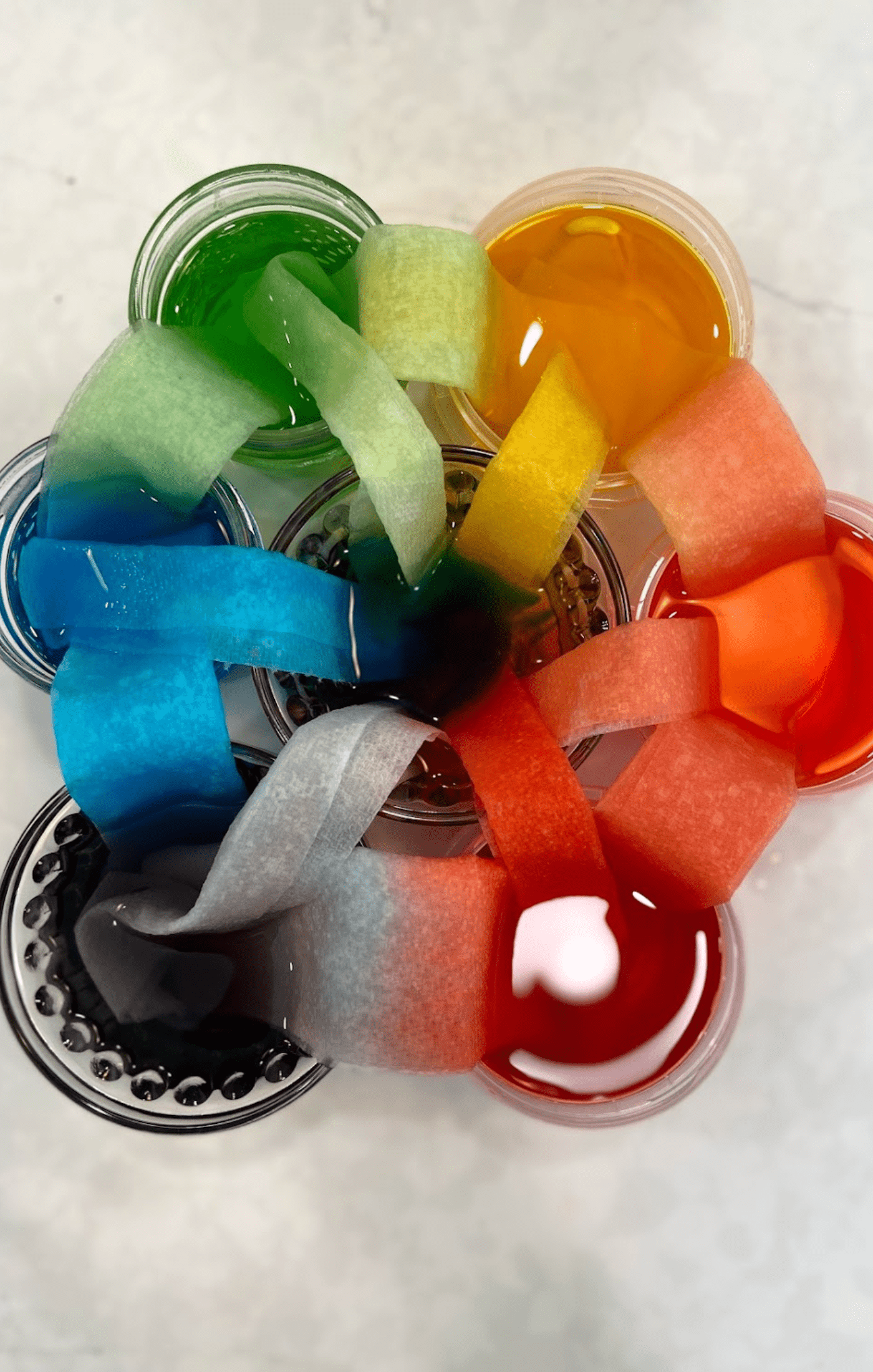Science for kids is tons of fun – There are so many fun science experiments to do, so much to discover and learn, and endless opportunities for meaningful entertainment. This post will cover how to teach science to kids, why it’s important, and some tips for teaching science to young learners.
Introducing the topic of science
Science has been a part of human life since early civilization. It is an important field of knowledge that enables us to better understand the world around us, discover new ways of interacting with it and find answers to the most puzzling of questions.
Magic’s just science that we don’t understand yet.
Arthur C. Clarke
Science is built on observation, experimentation, and the analysis of data to answer questions posed by society (and sometimes even by scientists themselves!). From simple observations to complex experiments, scientific inquiry allows us to gain vital insights into how the world functions and provides the basis for advancing scientific theory and technology.
For young learners, science is all about the wonder, discovery, and excitement of exploring the scientific process.
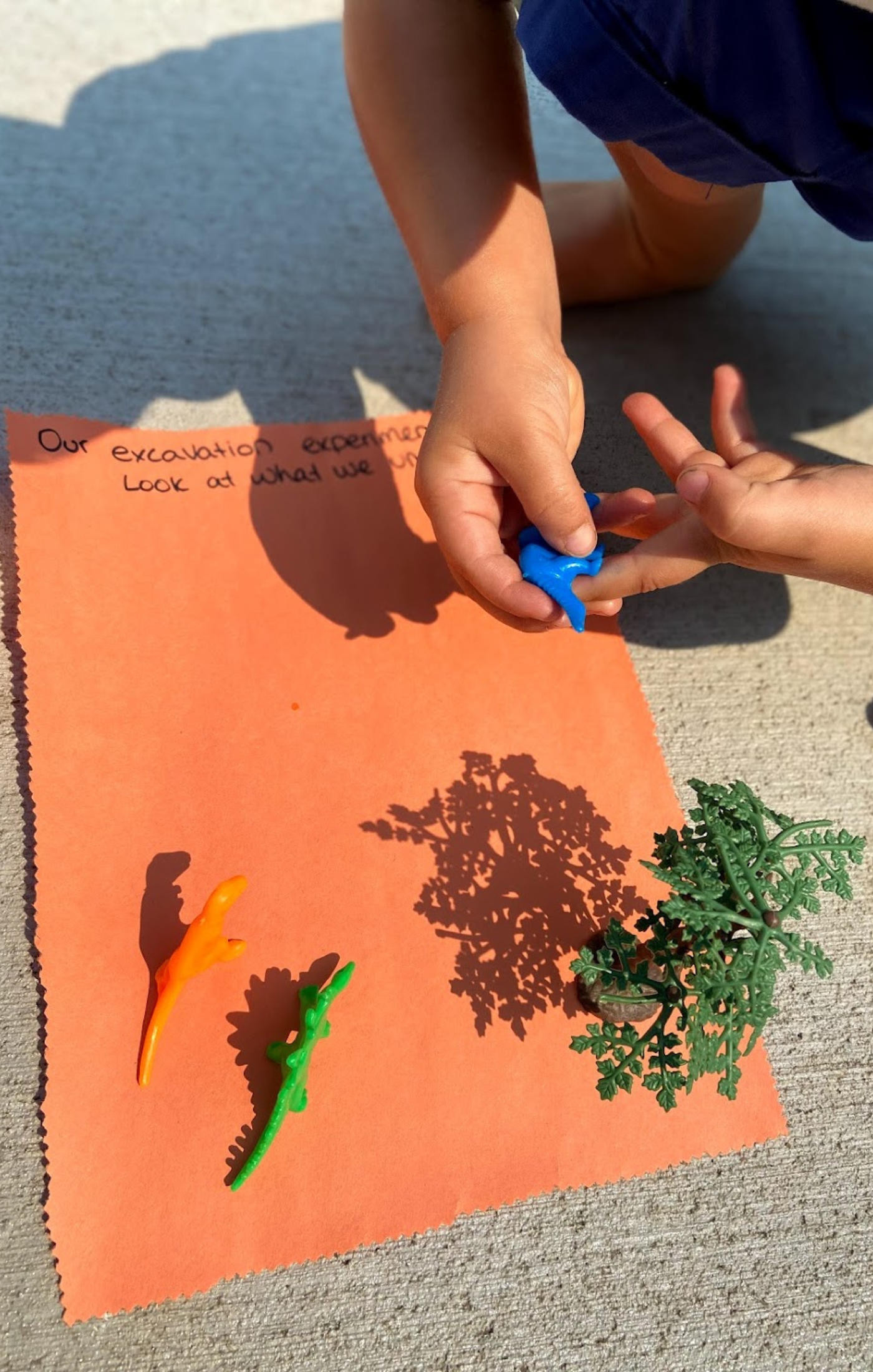
Why science is important for kids
Science is an important subject for all children, as it plays a significant role in their understanding of the world around them. Through science, children learn to ask questions and to use their curiosity to find answers.
Scientific exploration allows them to make observations, test hypotheses, and form a foundation of problem-solving skills that they can draw upon throughout their lives. Furthermore, science provides a unique opportunity for children to apply their imagination and be creative.
By exploring ideas in a lab, at home, or outdoors, children can let their imaginations soar and think up possibilities never before considered. Finally, when kids give thought to the complexities of topics such as climate change or deforestation, they develop empathy and become more aware of how their actions affect the world.
In conclusion, science helps young minds foster critical thinking abilities while also teaching them about our natural world in meaningful ways. Then they can think innovatively and challenge existing ideas, which sets them up for success later in life.
See what the scientific process looks like with my free scientific method worksheet: Get it here
Tips to make science for kids safe & fun
The world of science is tons of fun. You get to explore everything about the world around you, from exploring life cycles to answering wonderings about the solar system. That being said, it’s important to use caution when conducting science experiments!
Safety tips when doing science experiments with kids
When doing science experiments, it is important always to supervise the kiddos. Make sure that the expectations of what you are doing are super clear before you start and that you remind them how to use the materials you’re working with safely.
Depending on the science experiment you are doing, make sure to have the proper safety equipment too! Do you need safety glasses? Gloves? Or an apron to protect clothes?
Finally, make sure the experiments you are doing are age-appropriate. You don’t want to offer activities with small items that could be a choking hazard to young toddlers, for example.
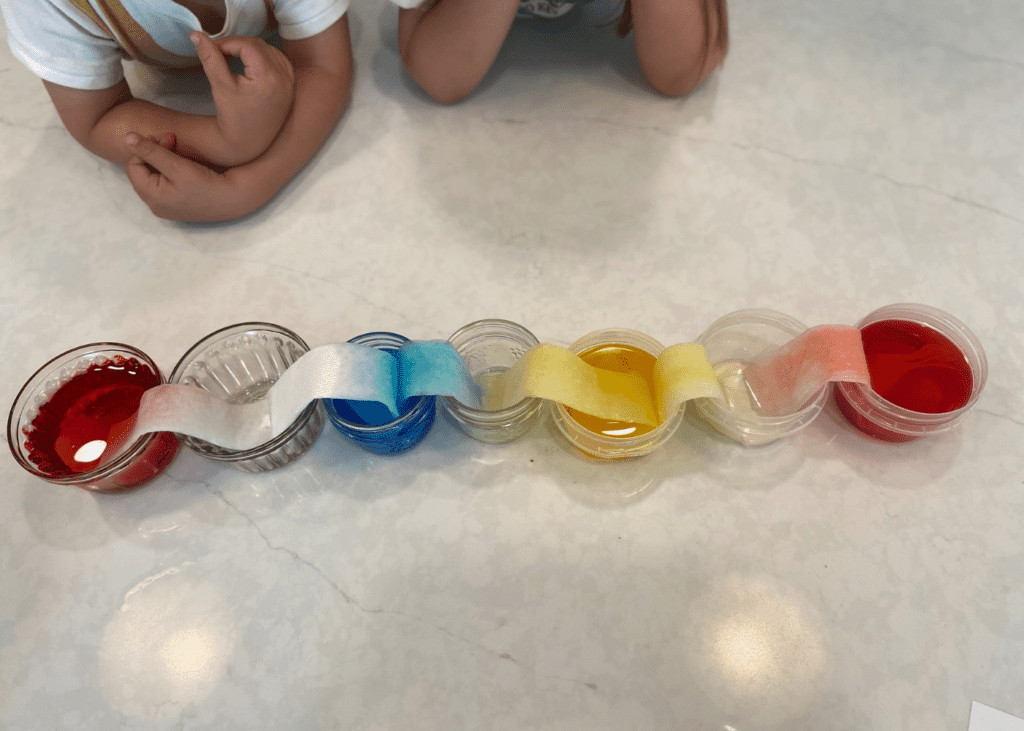
Making learning science fun
To get kids interested in the subject, parents should focus on hands-on activities driven by the child’s interest; the more interactive an activity is, the more enjoyable it will be! Teach them that science is a way to answer our questions about the world. When they ask “why,” see if you can find the answer through science!
Try letting children conduct experiments at home or take clear photographs through a microscope, and shake up their learning routine with different materials like models and diagrams. Besides practical activities, reading child-friendly books about scientific topics can also help make the information more accessible to kids.
Additionally, encouraging them to ask questions throughout the lesson will help them stay engaged and foster logical thinking skills. By making science fun for kids and inspiring their natural curiosity, we can cultivate lifelong learners who embrace this fascinating subject without hesitation!
Provide some easy science experiments that kids can do at home
Encourage your kids to explore the world of science while they’re stuck at home by engaging in experiments and activities that are easy, fun, educational, and require minimal preparation.
I will cover some super basic and fun science experiments for kids below, but I would highly suggest taking a look at my other posts, 50 Simple Science Experiments for Kids and Science Activities for Preschoolers: Toddler STEM, because I have a way bigger list… And lots of them have free printables, too!
My top 5 fun science experiments
Here are some of my go-to science experiments that are super easy, require minimal materials, but are super fun for little ones.
Note: I’ll explain each experiment below, but click on the links for more detailed posts to learn about the science that’s happening as well as learning extensions and links to free resources!
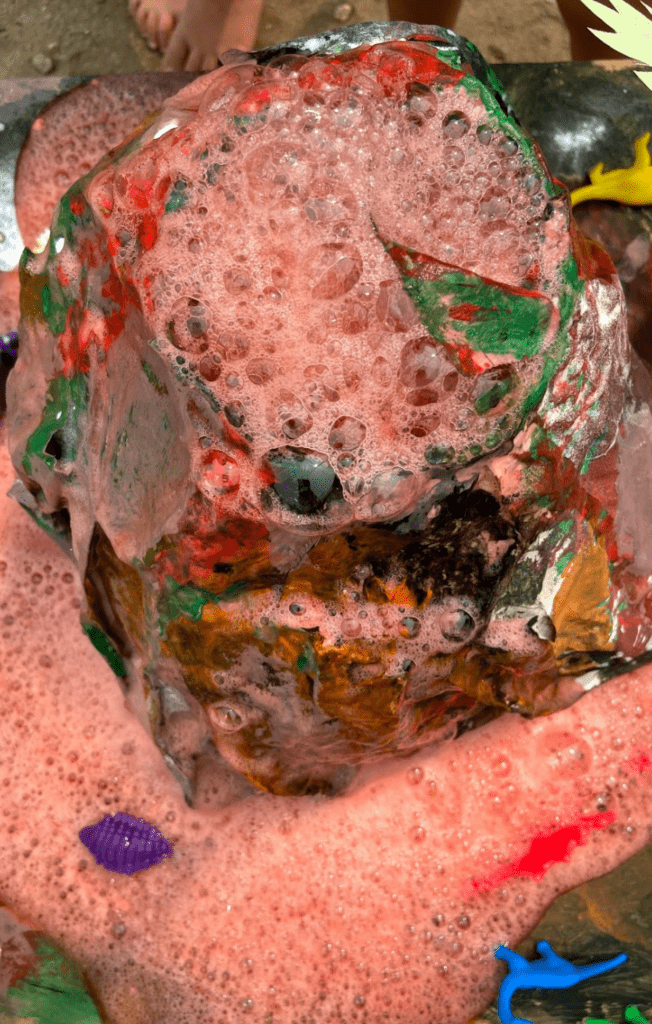
1. Baking soda and vinegar volcanoes
This is probably the easiest but most exciting way to teach little ones about chemical reactions. The best part? You can create the chemical reaction in any kind of volcano! I have done snow volcanoes, paper mache volcanoes, and dirt volcanoes.
Here’s what you need:
- 1/2 c Baking soda
- 1/4 c Warm water
- 1/2 c White vinegar
- Red food coloring (or whatever color they want)
- 1 tbsp dish soap
Here’s how it’s done:
- In a small container, mix the baking soda, food coloring, dish soap, and water with a spoon.
- Add all of the other ingredients before the water! You only want to put enough water that you can pour your baking soda slurry.
- Pour your slurry into the volcano base (or, if you built your base, you could just put this cup right inside).
- Finally, pour in the vinegar!
- Stand back, your vinegar reaction will make your volcano erupt!
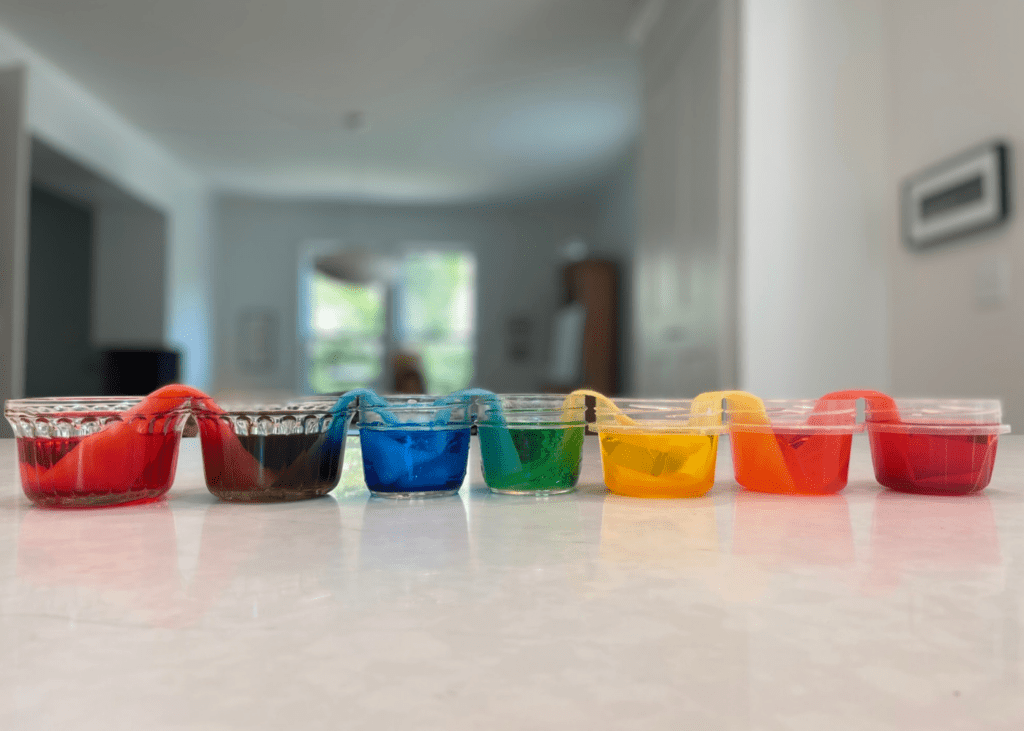
2. Walking water experiment
Science for kids is kind of like a mix of science and magic – And this experiment is just that! Little scientists can discover the magic of capillary action (and color theory) as they watch a rainbow appear right in front of their eyes.
Here’s what you need:
- 7 clear/short glasses
- 6 strips of rolled or folded paper towel
- Food coloring in red, yellow and blue
- Water
Here’s what to do
- It’s important to be careful about which cups you pour water and dye into! You do not put water into all the jars.
- Place 7 jars in a straight line
- Fill jars 1, 3, 5 and 7 with the same amount of water in each
- Fill them right up so you can make water walk from one jar to another!
- Put 5 drops of red food coloring in jars 1 and 7
- Put 5 drops of blue food coloring in jar 3
- Put 5 drops of yellow food coloring in jar 5
- Carefully place a strip of paper towel between each jar
- Dip it into the water of the jar with the water and make sure it’s just long enough to go into the adjacent jar. Trim off any excess paper towel!
- Wait a few minutes and watch the walking water rainbow begin to form!
- The first few minutes are pretty exciting because you can see the process start to happen. But it may take a few hours to mix completely.
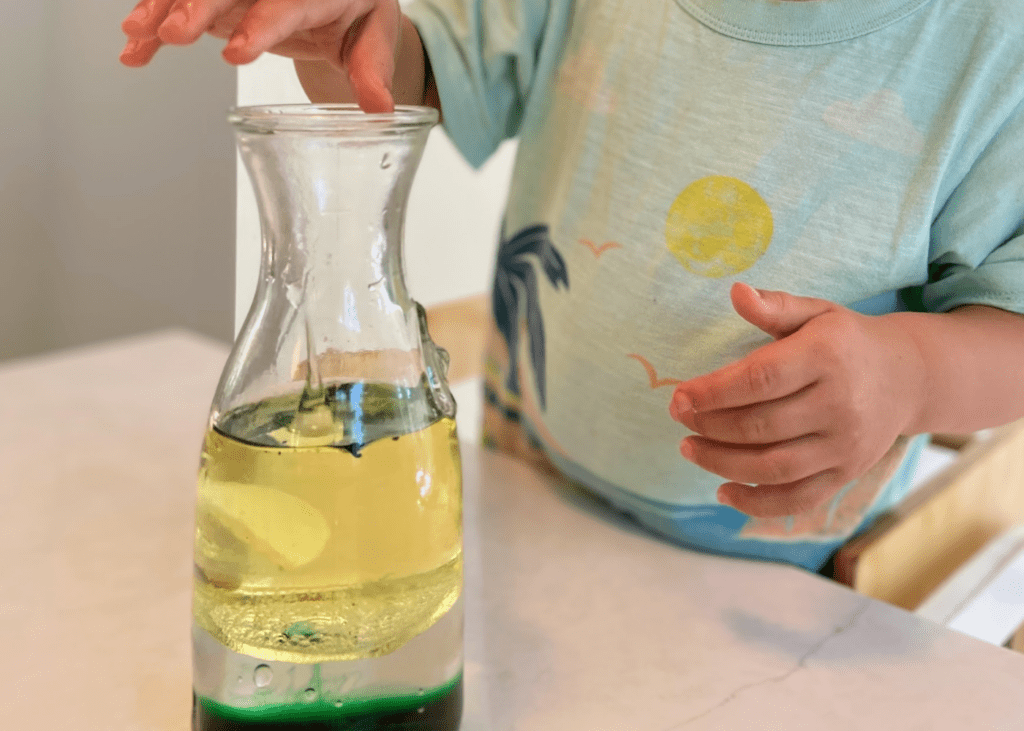
3. DIY Lava lamps
This is another experiment that teaches about chemical reactions. This chemical reaction is from the sodium bicarbonate in the Alka-seltzer tablets as they interact with the water to make carbon dioxide gas. It reminds me of the lava lamp I had in the early 2000’s!
Here’s what you need:
- 1 container
- You can use a jar, bottle, glass, or even some recyclables. Whatever is on hand!
- Water
- Oil (mineral or vegetable oil)
- If you use mineral oil yours will be clear, ours is yellow because we used veggie oil
- Alka-seltzer tablets
- You can find these near the denture cleaning section (by the toothbrushes and toothpaste) in any major grocery store or pharmacy
- Your favorite food coloring color
Here’s how to do it:
- Fill a glass jar or bottle about 1/4 full with water.
- Add oil until the jar is almost full, leaving just a little bit of room at the top.
- Add a few drops of food coloring.
- Break up Alka-seltzer tablets in half to make this activity last longer
- You can toss a full one in, but we actually started with quarters and it worked alright!
- Drop in an Alka-seltzer tablet and watch as the Alka-seltzer reacts with the water mixture!
- The tablet will fizz the creation creates carbon dioxide, making the colored bubbles float to the surface
4. Oobleck (or “cornstarch mud”)
Oobleck is so fun! It’s a bit messy, though, so do have cleaning supplies close. This Non-Newtonian fluid bends the rules of science, acting like both a liquid and a solid all at the same time. Watch the Science Max video above to learn how to make it!
Here’s what you need:
- 1.5 cups cornstarch
- 1 cup of room-temperature water
- Food coloring (optional)
Here’s how to do it:
- Put the cornstarch into a bowl.
- Add food coloring to the water (if desired). You only need a little bit!
- Slowly add the water to the cornstarch. Start with half a cup of water and add more as needed until the cornstarch is completely dissolved.
- The trick when making Oobleck is to get the right consistency. If it is too runny, add more cornstarch! Too hard? Add more water.
- Have fun playing!
Learn more here! (and get my free printable recipe card)
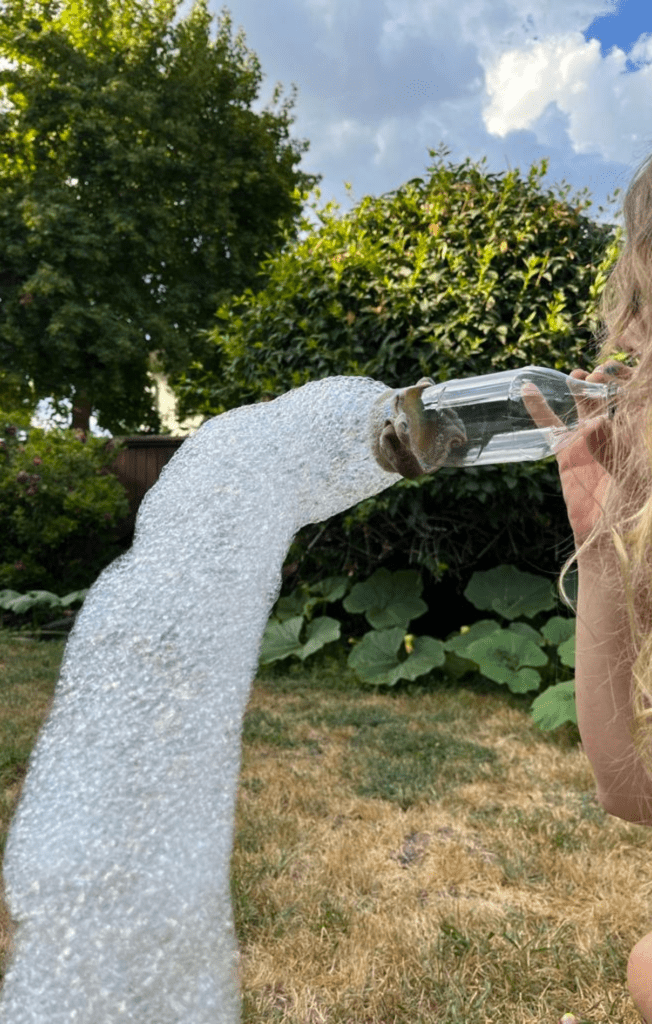
5. Bubble snake experiment
Did you know you could use bubbles to teach about science? Basically, a bubble is a layer of soap film wrapped around air. While one bubble is cool enough, thousands are a blast!
Here’s what you need:
- Box cutters (for the bottle)
- An elastic band
- An empty water bottle (or a few!)
- A clean sock that you don’t mind ruining
- Liquid food coloring
- Bubble mixture
- You can make your own with dish soap and water. Simply mix 6 parts water to one part dish soap
Here’s how to do it:
- Very carefully cut the bottom end off of a plastic bottle with box cutters
- This step must be done by an adult! The rest requires adult supervision
- On the end that is cut, pull a clean sock over the bottle
- I like to cut just the bottom part of the sock off, but it really depends on the length of the sock you’re using
- Secure the sock with a rubber band (or duct tape if you’re in a pinch!)
- Add a few drops of food coloring to the sock (optional)
- Dip the sock end of the bubble maker into the bubble mixture
- Blow air through the other end of the bottle (the end you didn’t cut)
- Watch as tiny bubbles come streaming out of the end of the bottle!
Other fun science experiments
Looking for a fun science experiment for kids? The posts below teach you how to do each experiment while also going into the science of every experiment.
Here are some other experiments that we’ve done:
- Sink or float: Exploring buoyancy
- Ice insulation: STEM challenge for kids
- Heat absorption: Which color absorbs the most heat?
- Self-inflating balloon: Create a chemical reaction to blow up a balloon
- Electric butterfly: Explore static electricity
- Ice excavation: Use science to melt ice!
- DIY rain gauge: Learn how rain is measured by creating your own meteorological instrument
Encourage kids to ask questions & think critically
A strong foundation in science can be a valuable asset, both personally and professionally. However, the emphasis of traditional school approaches to science often places more emphasis on memorization than on inquiry or creative problem-solving.
As parents and educators, we should strive to nurture a curiosity about scientific concepts in our children by encouraging them to ask questions and think critically while engaging with different scientific topics.
Introducing activities that allow kids to make observations, develop hypotheses, design experiments, and interpret data, can help foster an inquisitive spirit and a deeper understanding of the natural world. A supportive environment in which questioning is encouraged also allows children to gain more confidence in expressing their ideas and working through challenging problems on their own.
When it comes to building scientific literacy, it’s important for kids to learn that there are no wrong questions—only those waiting for an answer! By fostering these learning environments, we can ensure our children have the strong critical-thinking skills necessary for success in an increasingly demanding technological landscape.
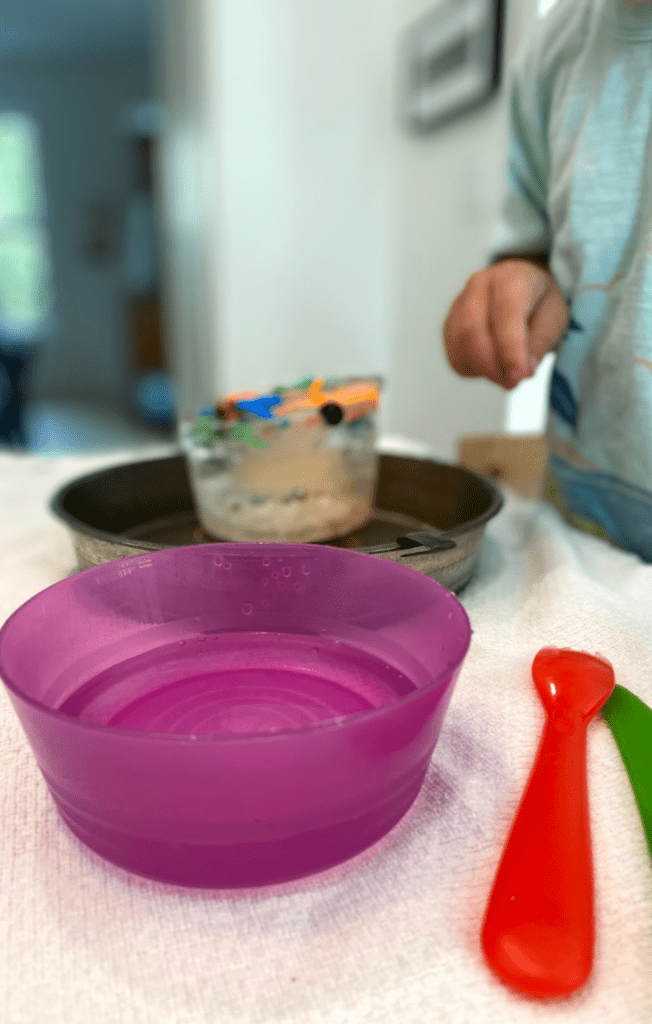
Other science topics you may want to focus on
Below you will find the branches of natural science as listed by Leverage Edu. Please feel free to use these as a jumping-off point for teaching science!
Natural sciences: Physics, life sciences, and earth sciences
Physics branch
Within physics there is physics and chemistry. Physics includes mechanics, electromagnetics, thermodynamics, and kinetics.
For young scientists focus on force, momentum, energy, electricity, waves, light, and sound. These are fun entryways into physics, and there are tons of resources available to help you teach it!
Learn more about physics for kids from Ology. They have games, videos, and virtual resources!
Chemistry includes inorganic chemistry, electrochemistry, and analytical chemistry.
Young learners can discover chemistry by learning about atoms, elements, mixtures, the periodic table, chemical bonding, reactions, and compounds. This tends to be one of the most fun subjects for them to learn, too.
Learn more about physics for kids from STEAM powered family. They share resources and lessons from kids in Kinder to middle school.
Life sciences branch
Life sciences are all about the study of living organisms (plants, animals, and humans). This field includes anatomy, botany, biology, zoology, neurobiology, marine biology, embryology, ecology, paleontology, genetics, cell biology, and etiology.
Life sciences can be super fun to teach (and learn) because they allow us to dive deeper into the things we interact with daily. Little ones can learn about tangible things like growing plants, learn to care for our world through conservation, and answer age-old questions like “can watermelon seeds grow in my tummy?”
Try some of these fun life science activities from Jump Start.
Earth sciences branch
Earth sciences teach about astronomy, meteorology, geology, atmospheric sciences, glaciology, climatology, and structural geology.
Science lessons about earth sciences are super fun and can often be made hands-on, which makes learning super engaging for little ones. They can simultaneously learn science while exploring the world around them!
Learn more (and get free games and activities) from the NASA earth science page.
The benefits of learning science
In conclusion, science for kids is tons of fun, and there are many ways to encourage young learners to engage with science! There are tons of science lessons on every subject, including subjects like the solar system, the water cycle, or electricity, for example.
At this age, science is all about having fun and discovering how the earth works through experiments, activities, and media. For young scientists, hands-on activities make all the difference. Finally, you should focus on their interests! Are they especially interested in nature? Try teaching about different animals or animal conservation! Are they interested in space? Try an experiment incorporates the planets!
Science gives us the ability to ask questions, challenge assumptions, and come up with evidence-based answers – skills that are invaluable throughout life. Young children can learn the scientistic process and discover answers to the questions that intrigue them.
FAQs
How can I teach my child science?
Science for kids is all about exploration, inspiring projects, and cool experiments. Let your children take the lead by finding activities that interest them, and routinely follow the scientific method.
What are some easy science experiments for kids?
Easy science experiments include vinegar and baking soda volcanoes, the walking water experiment, Oobleck, DIY lava lamps, or creating a bubble snake. But, this is just the start! There are tons of simple science experiments that require minimal supplies.
Resources
Learning doesn’t have to end at science! Check out our other learning categories for more lesson plan ideas and simple activities for young learners.
- Literacy (reading and writing)
- Math
- Montessori
- Music
- Outdoor learning
- Indoor and outdoor activity ideas
- Simple crafts for kids
- Kids coloring pages
References
Branches of science by Leverage Edu
Learning with littles
Whether you’ve got budding scientists, little artists, or busy mathematicians, we’ve got resources for you! Check out our learning category, filled with teaching tips and free printables that your kiddos will love.

